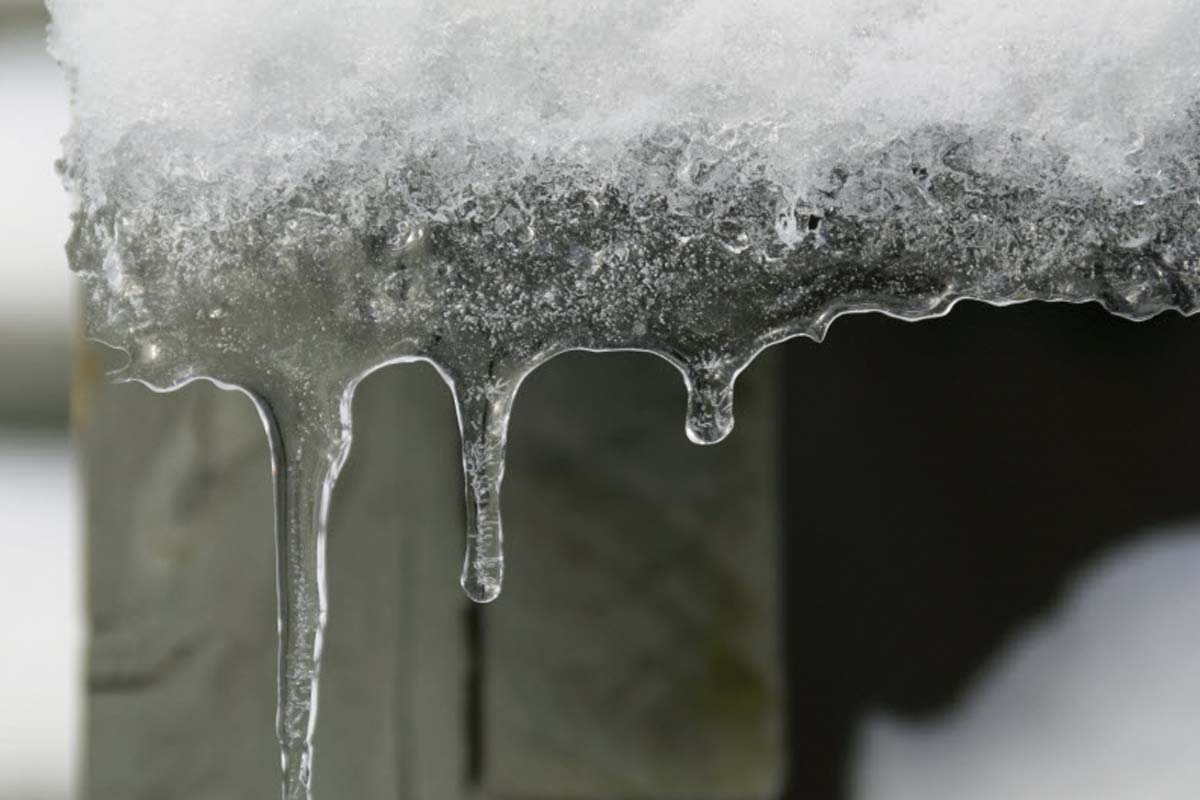Prevention against flooding in the home

Water can cause significant damage to your home – and repairs can be expensive. Not only that, but certain types of water damage are not typically covered by your home insurance policy. That’s why preventing water damage from the spring thaw should be a priority as soon as the temperatures start to climb.
Essentially, you need to pay attention to your home’s roof, eavestroughs and downspouts. The main thing is to make sure that melting water is carried away from your home.
Start with the roof
- Check for icicles on your roof. Icicles indicate ice dams, which can mean a leaky roof.
- Have your roof inspected by a professional to remove any ice dams, and ensure the roof membrane has not been damaged.
- Clean out roof gutters so meltwater can flow easily to downspouts. (Roof gutters should actually be cleaned in the fall before the snow arrives.)
- Check your foundation
- Shovel snow away from the foundation of your home. Move it to where it can melt and drain away from your home.
- Add extenders to your downspouts so meltwater spills out at least two metres from the foundation.
- Ensure downspouts are kept clear of snow and debris so the water can flow freely.
- Clear any snow and debris out of the window wells.
Look for water seepage inside
- Are there puddles of water in your basement?
- Look for leaks in the attic, the ceilings of rooms upstairs and walls in the basement.
- Have cracks in concrete floors increased in size or are they discoloured?
- Are there signs of mould and mildew under the windows and around baseboards?
- Does your basement smell damp or musty?
Prevent sewer backups
A sewer backup occurs when melting water overloads your property drainage system resulting in a back-flow of wastewater into your home. This can be extremely difficult to clean up. It also introduces sewage waste into your home, which carries black mould and harmful bacteria.
To prevent sewer backups, install one of these flood prevention devices:
- Backwater valve: Backwater valves prevent sewage backup and wastewater from entering the basement of your home. Backwater valves are ideal for homes that have fixtures or drain openings in areas that are below grade - such as a basement.
- Sump pump: A sump pump removes built-up water in your basement by directing it away from the house to a storm drain or dry well.
- Water sensors: Water sensors detect water levels in various areas of your home and notify you when they rise above normal levels. They can be installed where leaks may occur - like the basement, and utility and laundry rooms.
Dirty water damage is not covered by your insurance policy
Any water coming into your home from pipes, drains, septic tank, eavestroughs or down spouts is known as “dirty water damage”, and this type of water damage is usually not covered. It is possible to add sewer backup coverage to your home insurance policy however, and it is probably a good idea if you live in an area that is a high-risk area for flooding.
If you think you have a claim
- Take all necessary steps to minimize further damage.
- Contact your insurance broker as soon as possible.
- Remove all items from the basement, take lots of photos, and keep items that have been damaged.
- Keep track of all your costs related to the clean up after water or sewer damage.
- If you’ve had a sewer backup at your home, seek professional advice on how to clean up properly to protect the safety of everyone in your household.
Spring is the time of renewal. Take steps to protect your home from spring thaw flooding today so you can get out there and soak up the sun!



.jpg?300x300)